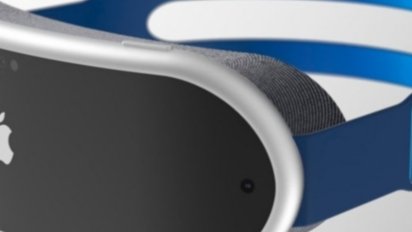No, Apple is not making better products because Jony Ive left
Apple is doing fine since Jony Ive left the company, and it was doing fine before he left. This does not mean that he wasn't a loss, but it also does not mean that Apple has somehow been liberated by his leaving.

 William Gallagher
William Gallagher
 Mikey Campbell
Mikey Campbell


 Malcolm Owen
Malcolm Owen
 Mike Peterson
Mike Peterson
 Mike Wuerthele
Mike Wuerthele




-m.jpg)



















